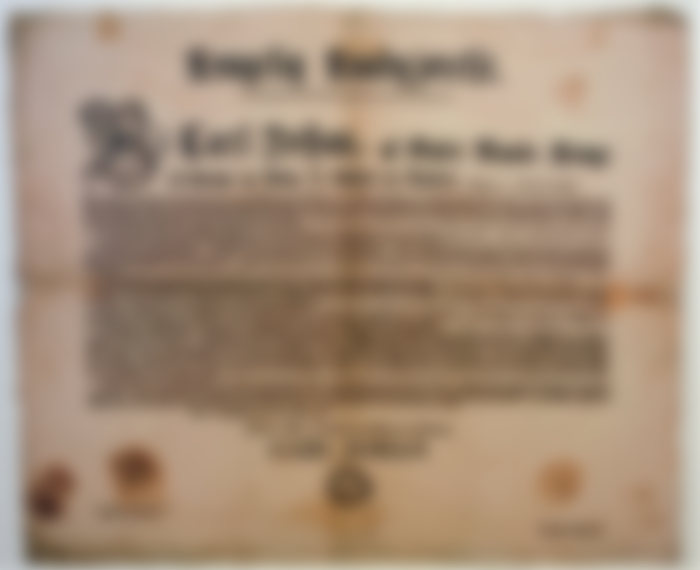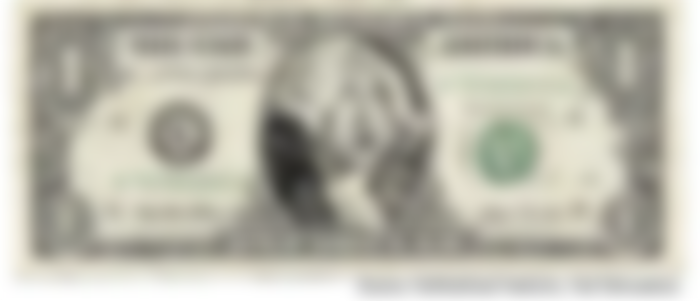I love learning new things. To that end, I have been reading articles here on read.cash with my two trusty dictionaries beside me. The Decryptionary and Investopedia. Of course, my Google search bar is just a window away.
The latest word I had to look up was fiat. I researched this article. I had fiats on the brain. So much so that when it came to offering up this week’s micro-story writing prompt in the publication I help to edit, The Bad Influence, I used Fiat. If you like writing prompts, feel free to come to check out some of ours! We are currently holding an essay contest for prize money. The topic is poverty. No more than 500 words, but no fewer than 50 words. I digress.

As I mentioned above, I’ve been studying a lot lately. I’ve gone “back to school” to learn as much as I can about the financial market, investing, the language surrounding investing, and cryptocurrency. I see cryptocurrency as the future of money.
There are so many words that appear to be English, but in investment jargon do NOT mean what they usually mean. Candlestick, for example, is not something in which you place a candle, but a fancy word for a specific type of graph.

The word I recently learned is fiat. I mean, I know what fiat means, by declaration or decree, and I know what a Fiat is. My family had one when we lived in Germany after the bottom rusted out of the Citroen.
According to Merriam Webster, fiat has 3 definitions.
1: a command or act of will that creates something without or as if without further effort
according to the Bible, the world was created by fiat.
2: an authoritative determination: DICTATE
a fiat of conscience
3: an authoritative or arbitrary order: DECREE
government by fiat
The meaning of fiat as applies to my recent studies is Fiat Money.
According to Investopedia What Is Fiat Money?
“Fiat Money is government-issued currency that is not backed by a physical commodity, such as gold or silver, but rather by the government that issued it. The value of fiat money is derived from the relationship between supply and demand and the stability of the issuing government, rather than the worth of a commodity backing it as is the case for commodity money. Most modern paper currencies are fiat currencies, including the U.S. dollar, the euro, and other major global currencies.”
KEY TAKEAWAYS
Fiat money is a government-issued currency that is not backed by a commodity such as gold.
Fiat money gives central banks greater control over the economy because they can control how much money is printed.
Most modern paper currencies, such as the U.S. dollar, are fiat currencies.

“Money” can actually be anything. It can be Aztec gold dust or Mayan coffee beans. Famously the United States used Native American Wampum.
Wampum was first used by the Iroquis people, an indigenous tribe in what is now the United States of America. Wampum consisted of clamshells harvested by coastal tribes.
But European Americans also used Wampum. Peter Stuyvesant paid his workers in Wampum for building the NY Citadel. The story goes that the island of Manhatten was famously bought and paid for with Wampum. We’re talking clam shells! There’s no actual document providing evidence of what was traded for the island, and lots of documentation showing Manhatten was sold by a tribe who didn’t even “own” it.
Wampum was valued as a decorative item. Many Indigenous People opted to put holes at the top of their wampum and wear them on their belts rather than carry them in a bag. Wampum fell out of favor and into disuse because it was easy to find and easy to harvest thereby losing its value as a commodity.
The U.S. dollar, as of this writing (April 2021) is Fiat Money. It is simply pieces of paper that the government has determined have value. This hasn’t always been the case.

A brief history of U.S. money
The Silver Standard
The Gold Standard
Fiat
After the revolutionary war of 1775 began, Congress issued its first money. The money became devalued so quickly it wasn’t worth the paper it was printed on. In 1781 the then Congress of the Confederation charted the first Central bank of the United States, the Bank of North America. On July 6, 1785, the Continental Congress of the United States authorized the issuance of a new currency, the US dollar, its value based on the silver Spanish milled dollar. The Coinage Act of 1792 created the U.S Mint which first defined the dollar as relative to Silver. Hence, the Silver Standard.
The U.S. operated under a bimettalic standard, both gold and silver, though silver coins were the favored currency, and domestic purchases made with gold were rare.

From 1853 onward people were able to take silver bullion to the mint and have it converted to the standard silver dollar. At some point before 1873, silver had become more difficult to obtain and people began hoarding it like toilet paper during a Covid 19 pandemic.
In 1873 President Ulysses S. Grant signed what many people referred to as the Crime of 1873, the Coinage Act of 1873, switching the U.S. from a bimetallic standard to a Gold Standard.
Under the Gold Standard, paper money could be converted into gold on demand. This limited the supply of currency because it had to stay within a certain ratio to the supply of gold. The gold standard was used on an international level so two countries with different currencies could quickly and easily determine the market value of one currency in terms of the other.
From Us Money Reserve blog,
“By 1900, all countries, except for China and some countries in Central America, had adopted some form of gold standard. According to the World Gold Council, the widespread adoption of the gold standard was highly successful for the world economy. World trade expanded and many countries benefited from rapid growth and low instability. As such, conditions were favorable to the degree that there were substantial flows of 'direct investment that opened up the 'emerging markets' of the era, such as the Americas, Australia, New Zealand, and South Africa.'
This lasted up until WWI when the cost of war weighed so much on countries that they abandoned the gold standard and resorted to inflationary policies to finance the demands of war, and later, reconstruction. (Remember, under a true gold standard system, paper money is limited.) Despite periodic attempts in various countries to return to a gold standard after the war, most did not survive the Great Depression of the 1930s.”
In 1933 the U.S., urged by President Franklin D. Roosevelt, delinked the value of the U.S. dollar to gold.
In 1963 President John F. Kennedy revoked the silver purchase act.
In 1971 President Richard M. Nixon removed the gold standard.

Despite a clamoring for the U.S. to return to the gold standard, the U.S. dollar remains a Fiat Currency. It holds value only because it is decreed to hold value. It is really just pieces of paper and our banking system relegates money to 1s and 0s.
This is why I keep hearing from writers like @CryptoMax and @Pantera that Fiat is bad.
HODL your BCH. Pump up crypto value.
If you liked this article and want to see more, please let me know. Also, please note I’m looking for sponsorship. I’d really love to spend all my time writing for read.cash, but I need to know what people want to read. (This self-promotion and solicitation make me feel VERY uncomfortable, btw. But if I don't ask, no one will ever know I am in need. Sigh)
This article is an exclusive read.cash story
Lead photo credit: Photo by Ronda Darby on Unsplash






Market Size: Estimate the size of your target market. A larger market can provide more opportunities for growth, but it may also come with increased competition. bitcoincasinoinstantwithdrawal.com reviews